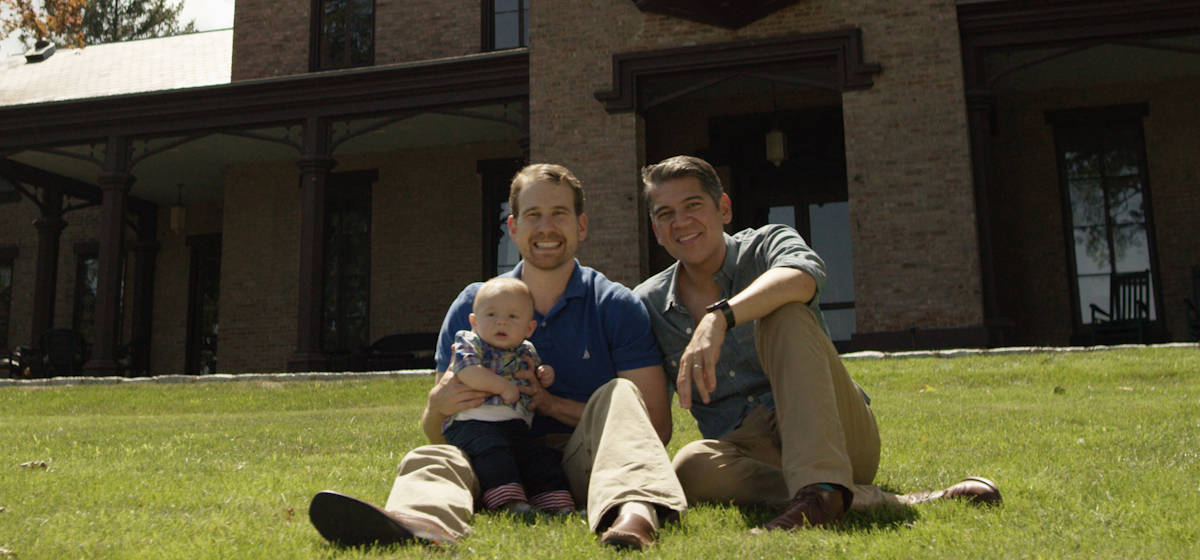
From 800 square feet in sprawling Manhattan to 6,000 square feet in historic Nyack.
Noah and Dennis Brodsky didn’t set out to buy a historic home.
They were just looking for a place that could provide a bit more room for their growing family than their 800-square-foot Manhattan apartment. But as soon as they saw this Nyack, New York, home, they knew it was meant to be.
The Gothic Revival house hit all the marks they were looking for and more: It’s spacious with a gorgeous view of the Hudson River, and it’s within walking distance to town.
A powerful history
Discovering the home’s history was an added bonus.
Built in the 1850s, the 6,000-square-foot house was once owned by Thomas Edison’s lab assistant, William H. Hand. Hand and Edison worked together often in the barn, making significant technological improvements to the battery.
The house was in excellent condition when the Brodskys made the purchase in 2014. “What we really spent time doing was making it feel like ours,” explains Noah.
They changed the colors, added their own furniture and built a nursery for their baby. As an homage to the history of the house, they replaced the standard light bulbs in the kitchen with Edison bulbs.
“That personalization is really where we put our energy,” Noah remarks.
Quirks and challenges
While the home has been modernized, many historic touches — like original handmade crown moldings and a maid’s bell system that no longer works — remain.
Noah says that they also find relics hidden around the property. For example, in the backyard, they discovered an old smokehouse and a rusted animal-pulled mower buried in the ground.
Living in a historic home can have its quirky challenges. Getting Wi-Fi throughout the house is “constantly frustrating” because of all the brick. And after the couple’s first chilly winter, they added insulation in the attic to help with the heating.
Tips for historic home buyers
Dennis advises overestimating maintenance costs. If something needs to be restored or fixed in a historic home, often you can’t simply call a contractor.
Additionally, the couple didn’t anticipate the impact that having a home on the National Registry of Historic Places would have on their insurance costs.
“But it’s a lovely house,” says Noah, and the two are relishing creating new family traditions in it.
Related:
Originally published November 22, 2016.
This post first appeared on Zillow.com. To see the original, click here.
